February’s Bird of the Month is the Brown Pelican, and here is the article in the upcoming February 2017 Kite written by Ben Kolstad.
February Bird of the Month: Brown Pelican
By Ben Kolstad
Today the Brown Pelican (Pelecanus occidentalis) is a familiar character of our coasts, but the population of this large bird was near extinction in the 1950s and 1960s. As with many other large and charismatic birds, the culprit was DDT. Almost as soon as that chemical was banned, the birth rate improved and the pelican population recovered to historic levels, culminating in complete removal from the endangered species list in 2009. The main threats these days seem to be fishing lines and oil spills.
However, the history of Brown Pelican conservation efforts goes back much farther than the 1970s. This bird was, in fact, one of the earliest targets of conservationists, just up the coast from us in Florida’s Indian River Lagoon, where President Theodore Roosevelt established the 5-acre Pelican Island as the first national wildlife refuge. Perhaps coincidentally, the Florida population of the birds became the donor population from which the birds were eventually reintroduced to Louisiana (“the pelican state”), from which they had been extirpated.
Remarkably clumsy-looking on land, the pelican is by contrast an elegant flier and can often be seen in large squadrons cruising above our coastlines looking for fish to fill their remarkable bills, soaring above our beachfront condos, or skimming just above the surface of the water. When a suitable school of fish is located, they plunge dive to take them in their large bills. (This is the only one of the eight worldwide pelican species that plunge dives, although it also employs the scoop-feeding technique of its cousin, the American White Pelican, when in mixed groups with other piscivorous birds.)
Most of the birds we see in Palm Beach County are juveniles, recognizable by their grayish bodies, white bellies, and, of course, their giant bills. When mature, their plumage is still gray and brown, but with a black belly, yellow head, and cinnamon nape (duller and whiter in the summer months, vivid in breeding). Although Lake Okeechobee has, or had, a breeding population of these birds, Stevenson and Anderson (1994) list only summer and winter sightings of Brown Pelicans for Palm Beach County.
(Photographer’s please note that next month’s March 2017 Bird will be the Osprey)
- Brown Pelican adult Boynton Inlet by Anne DuPont
- Brown Pelican adult Boynton Inlet by Anne DuPont
- Brown Pelican juvenile Boynton Inlet by Anne DuPont
- Brown Pelican juvenile feeding on fish Boynton Inlet by Anne DuPont
- Brown Pelican Jupiter Inlet by Larry Hess
- Brown Pelican Snook Islands by Larry Hess
- Brown Pelican Anastasia State Park by Larry Hess
- Brown Pelican by Paul Thomas
- Brown Pelican by Paul Thomas
- Brown Pelican by Paul Thomas
- Brown Pelican by Paul Thomas
- Brown Pelican by Paul Thomas
- Brown Pelican juvenile by Paul Thomas
- Brown Pelican by Russ Martens
- Brown Pelican by Walt Hackenjos
- Brown Pelican by Walt Hackenjos
- Brown Pelican by Walt Hackenjos
- Brown Pelican by Walt Hackenjos
- Brown Pelican by Lester Shalloway
- Brown Pelican by Lester Shalloway
- Brown Pelican by Lester Shalloway
- Brown Pelican by Lester Shalloway
- Brown Pelican by Lester Shalloway
- Brown Pelican by Lester Shalloway
- Brown Pelican by Lester Shalloway
- Brown Pelican by Lester Shalloway
- Brown Pelican by Lester Shalloway
- Brown Pelican by Lester Shalloway
- Brown Pelican by Lester Shalloway
- Brown Pelican by Lester Shalloway
- Brown Pelican by Lester Shalloway
- Brown Pelican by Lester Shalloway
- Brown Pelican by Lester Shalloway
- Brown Pelican by Lester Shalloway
- Brown Pelican by Lester Shalloway
- Brown Pelican by Lester Shalloway
- Brown Pelican by Lester Shalloway
- Brown Pelican by Lester Shalloway

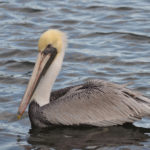
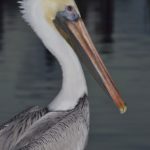
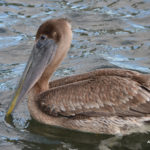
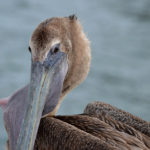
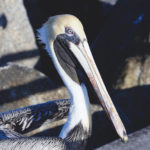
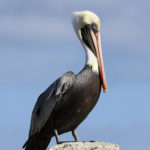
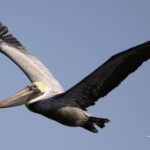
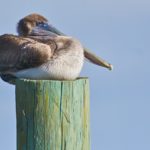
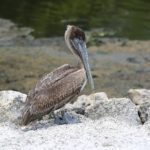
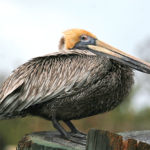
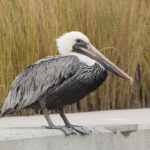
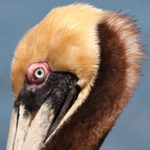
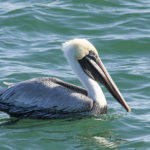
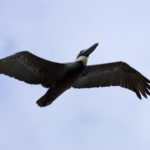
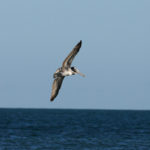
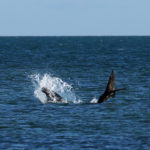
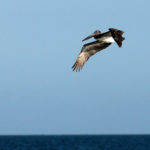
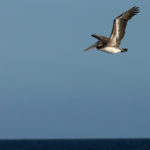
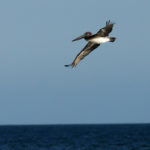
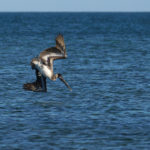
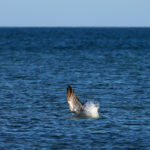
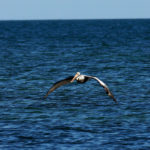
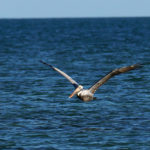
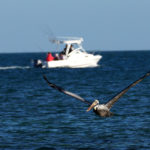
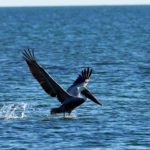
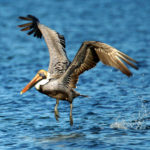
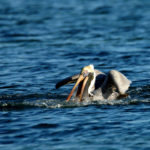
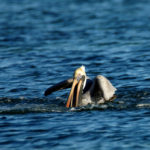
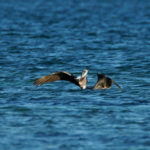
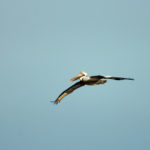
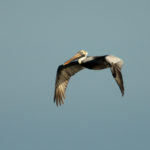
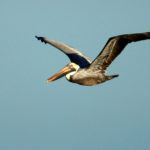
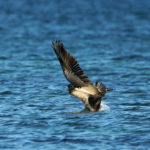
Comments are closed